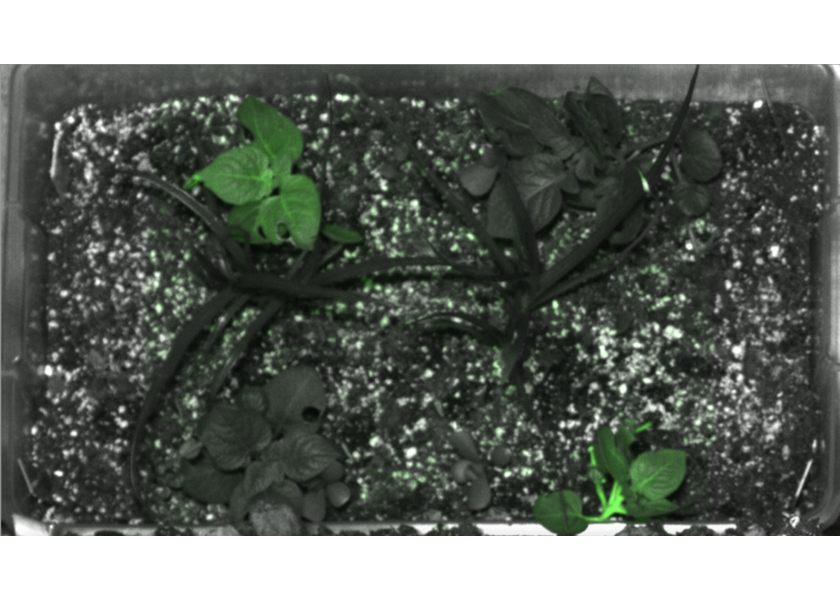New potato plant variety called a natural, affordable radiation sensor

A researcher at the University of Tennessee Herbert College of Agriculture has developed a potato plant that can detect gamma radiation.
The variety can provide reliable indications of harmful radiation levels without complex monitoring technologies, according to a news release.
Doctorate student Rob Sears engineered the plant, also known as a phytosensor, to indicate high radiation levels through changing leaf fluorescence, the release said.
When exposed to gamma radiation, the plant’s leaves produce a green glow, allowing for accurate warnings that are visible across long distances, according to the release. Since potatoes are grown across the world in both hospitable and adverse climates, they are the ideal plant for the research as well as for the eventual mass implementation of the developed varieties, the release said.
Sears says that potatoes reproduce through tubers in the soil, spreading across diverse terrain while producing genetically identical offspring that provide consistent results.
“Potatoes are highly resilient and are excellent at adapting and multiplying in different environments," Sears said in the release. "They also have complex responses that are often specific to an environmental stressor, making them ideal reporters of conditions such as gamma radiation. My research aimed to make these responses visible and evident even from a distance, acting as a natural warning sign of harmful radiation without the need for mechanical sensors.”
As nuclear energy continues to be used across the world, there is an increased demand for effective and easily accessible radiation detection methods, the release said.
Since phytosensors are affordable, easy to interpret and require no mechanical maintenance, they have the potential to improve the safety and well-being of workers and residents who are near radiation sources, according to the release.







